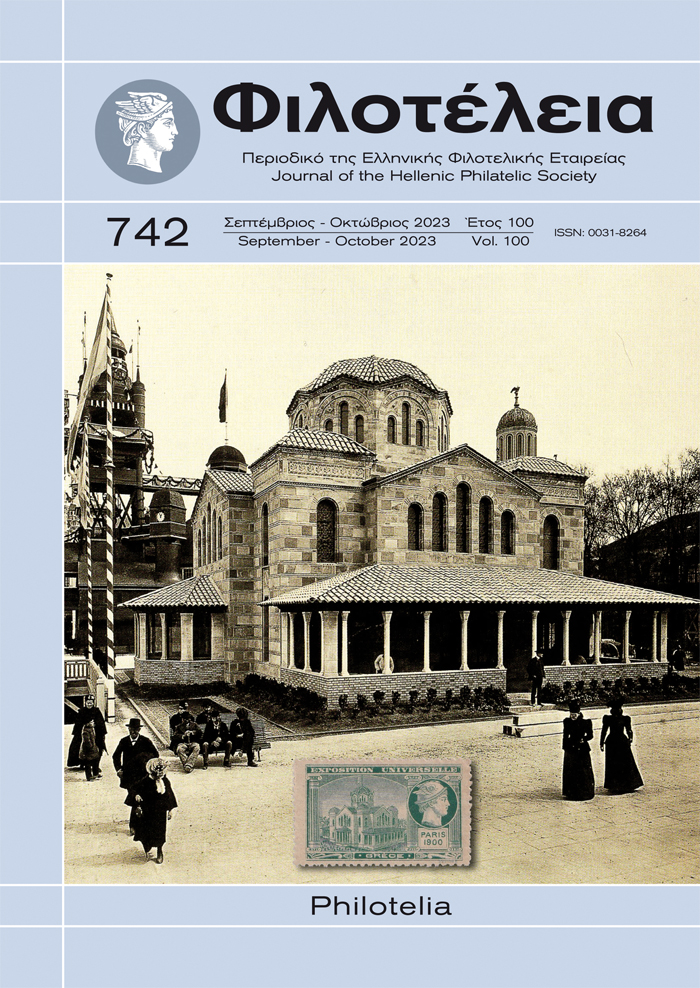 I was looking forward to this trip. I was about to visit Athens for just 48 hours before flying back to Rome. Would two days be enough to enjoy all the exhibits of the first ever new model of a philatelic exhibition held by the H.P.S.?
I was looking forward to this trip. I was about to visit Athens for just 48 hours before flying back to Rome. Would two days be enough to enjoy all the exhibits of the first ever new model of a philatelic exhibition held by the H.P.S.?
The venue rooms were impressive with low ambient light and soft music. Along the perimeter of each room, a series of new technology LCD panels (16K or 32K) were set up at eye level, alternating the digital exhibits’ PDFs. All panels were equipped with special software, a camera for gesture recognition, and a remote control for selective content viewing. In front of the panels, an array of horizontal showcases, point-lit, physically displayed a selection of the exhibits’ most important items.
No, the system was not overturned. Before the pdf of each exhibit was sent to the exhibition, the respective national federation certified the exact duplicate of the digital to the original material. Of the original stuff, only items requested for further review by the judges and experts were physically sent to the exhibition.
It was the first time a philatelic exhibition was presented to the public with state-of-the-art technology, offering the visitors the element of surprise or instant excitement from the objects which unfolded right before their eyes in high resolution.
It was the first time that we kissed goodbye to the old-fashioned, heavy and cumbersome frames, the time pressure for mounting and removing the exhibits, the bin room, the need for vast exhibition venues, the exorbitant costs for insuring and transporting the bulk of the exhibits, etc.
It was November 2033. Or was it perhaps earlier?
